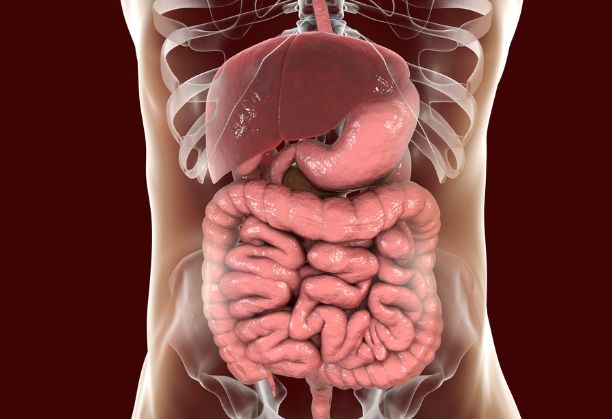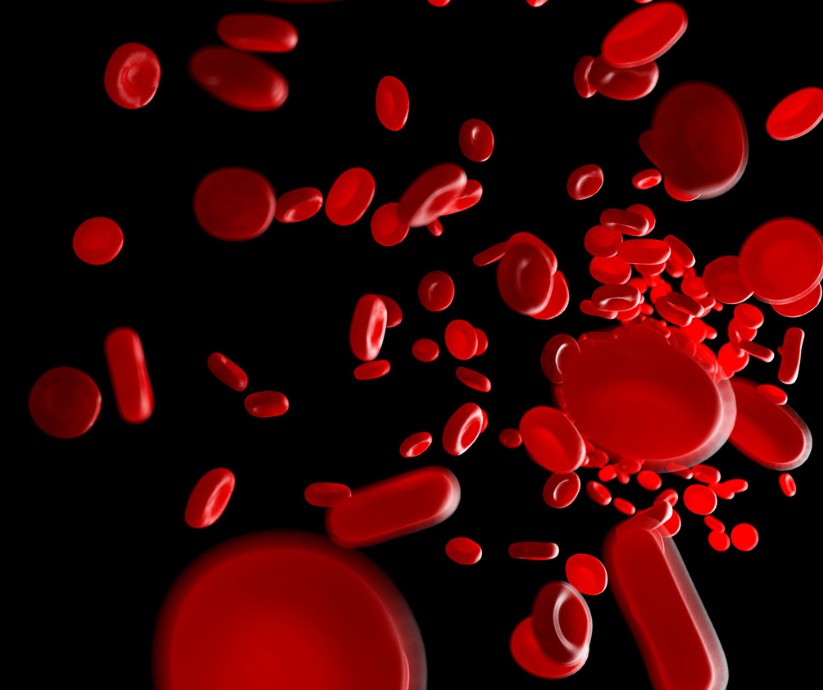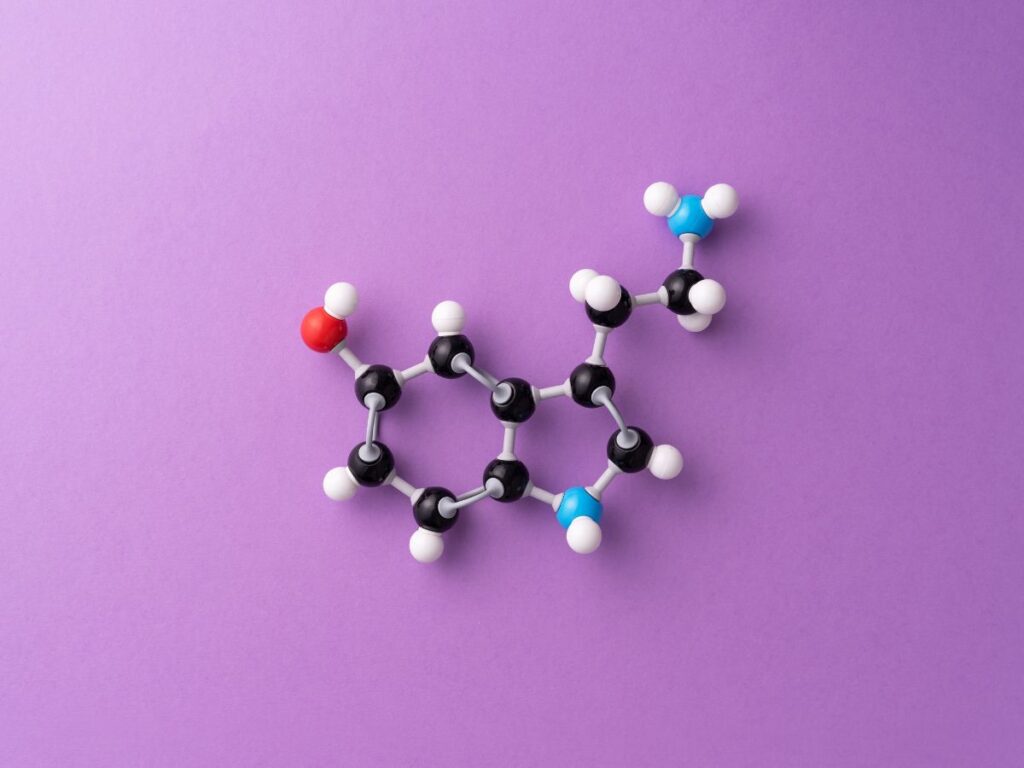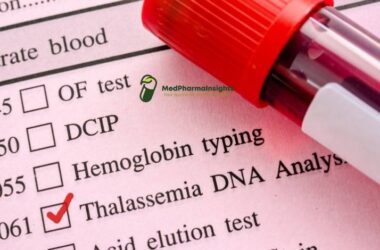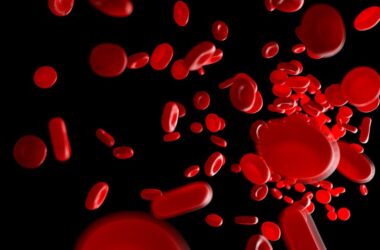Thalassemia are a group of inherited blood disorders that affect the production of hemoglobin, the protein responsible for carrying oxygen in red blood cells. These disorders are prevalent in certain populations and can lead to various health complications. In this blog, we will delve into Thalassemia Types, symptoms, causes, and pathophysiology, provide a comprehensive understanding of these conditions.
Thalassemia Types:
Alpha Thalassemia:
- Silent Carrier: One mutated gene; usually, no symptoms.
- Alpha Thalassemia Trait: Two mutated genes; mild anemia.
- HbH Disease: Three mutated genes; moderate to severe anemia.
- Hydrops Fetalis: Four mutated genes; severe anemia and often fatal before or shortly after birth.
Beta Thalassemia:
- Beta Thalassemia Minor: One mutated gene; mild anemia.
- Beta Thalassemia Intermedia: Two mutated genes; moderate anemia.
- Beta Thalassemia Major (Cooley’s Anemia): Two mutated genes (severe); requires regular blood transfusions and iron chelation therapy.


Epidemiology of Thalassemias
Thalassemias are genetic disorders that exhibit significant variability in prevalence across different populations and regions. The epidemiology of thalassemias sheds light on the global burden of these conditions, providing insights into the frequency and distribution of these disorders.
Approximately 4.4 out of every 10,000 live births worldwide are affected by thalassemia. Just 1.7% of people globally exhibit symptoms due to gene mutations, also referred to as thalassemia traits, but about 5% of people have variations in the alpha or beta portion of the hemoglobin molecule.
Alpha-thalassemia
- In America, thalassemia affects 0-5% of the population, with up to 40% of people possibly carrying the gene.
- Eastern Mediterranean: Up to 60% of this group may be genetic carriers, and 0-2% of the population carries the thalassemia trait.
- In Europe, thalassemia trait affects 1-2% of the population, and up to 12% of people are hereditary carriers.
- In Southeast Asia, between 1 and 30% of people have thalassemia trait, and up to 40% of people may be hereditary carriers.
Beta-thalassemia
In the Americas, a gene mutation affects 0-3% of people.
Eastern Mediterranean: A gene mutation affects 2–18% of the population.
Europe: A genetic mutation affects 0–19% of the population.
In Southeast Asia, a gene mutation affects 0–11% of people.
Symptoms
The symptoms of thalassemias can vary depending on the severity of the condition. Common symptoms include:
- Fatigue: Due to the reduced oxygen-carrying capacity of the blood.
- Weakness: A result of the body’s struggle to maintain adequate oxygen levels.
- Pale or jaundiced skin: Caused by the breakdown of red blood cells.
- Delayed growth and development: Especially in children with severe forms of thalassemia.
- Bone deformities: As the body tries to compensate for the lack of red blood cells.
- Abdominal swelling.


Causes
When a person has α thalassaemia, their production of α chains is either decreased (α+ thalassaemia) or absent (α0 thalassaemia). In the same way, for β thalassaemia. Heterozygotes typically show no symptoms, although homozygotes and compound heterozygotes—those with a thalassaemia gene combined with a gene from a different haemoglobin variation, like hemoglobin S—have more severe symptoms.
Pathophysiology
The pathophysiology of thalassemias involves an imbalance in the production of alpha and beta globin chains. This imbalance disrupts the normal structure of hemoglobin, leading to the formation of abnormal red blood cells that are less efficient in carrying oxygen. As a result, there is an increased destruction of red blood cells (hemolysis), leading to anemia.
In alpha thalassemia, the reduced production of alpha globin chains causes an excess of beta globin chains, leading to the formation of abnormal hemoglobin molecules. Beta thalassemia, on the other hand, results from insufficient production of beta globin chains, causing an excess of alpha globin chains and abnormal hemoglobin.
Conclusion
Thalassemias pose significant challenges to individuals affected by these genetic blood disorders. A comprehensive understanding of Thalassemia Types , symptoms, causes, pathophysiology, and types is crucial for early detection, appropriate management, and improved quality of life. Advances in genetic testing and medical interventions offer hope for individuals with thalassemias, emphasizing the importance of ongoing research and awareness in the field of hematology.


